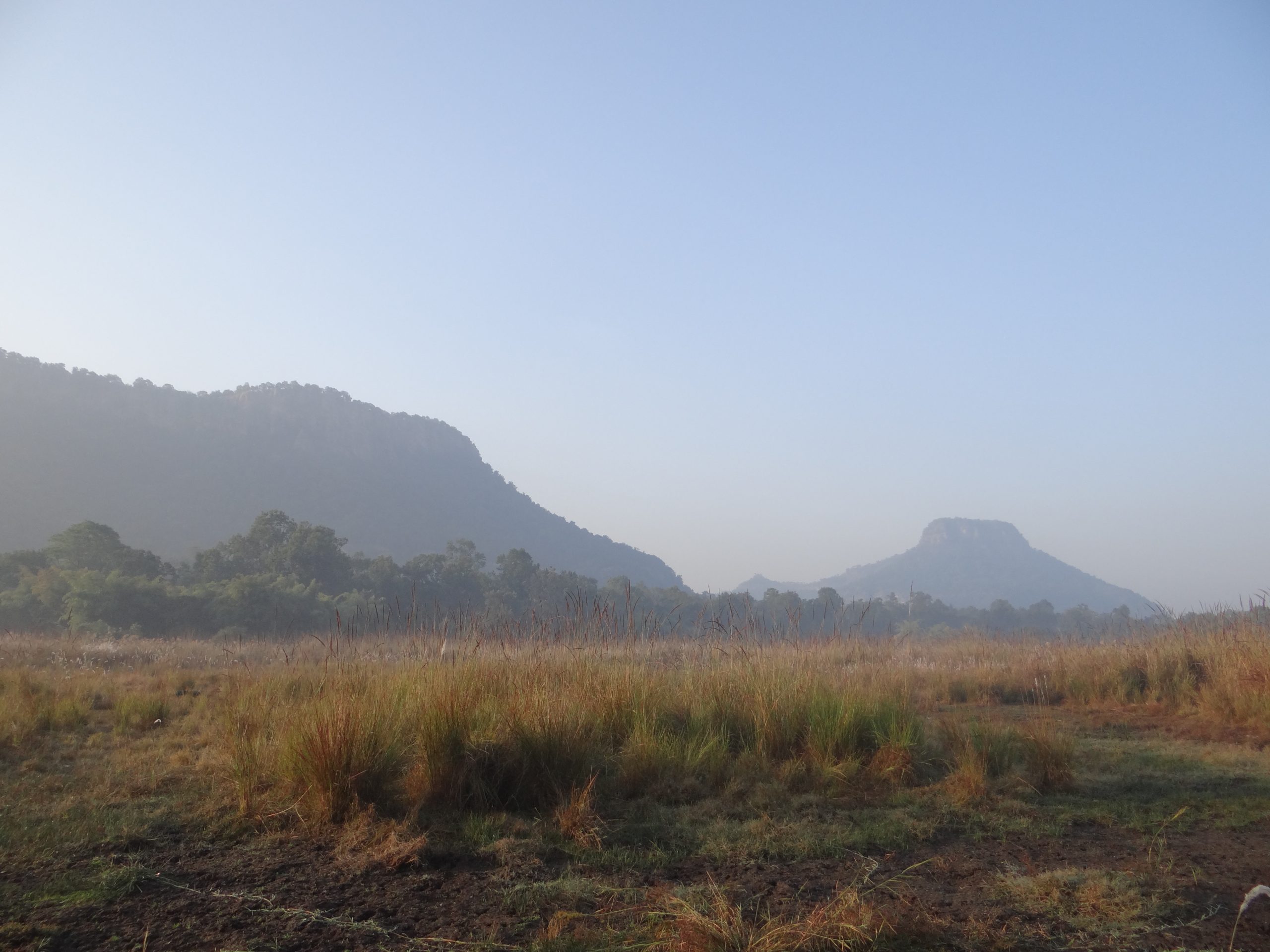The Centre for Interdisciplinary Archaeological Research (CIAR), first of its kind in India, aims to create a state-of-the-art facility that brings archaeology and the sciences together in order to offer new perspectives that will deepen the study of the Indian past. It aims to do this through interdisciplinary field-based projects led by Ashoka faculty and students along with off-site laboratory work. Simultaneously, it seeks to introduce a pedagogy that draws upon both the sciences and the humanities for teaching courses on traditional and modern archaeology that will help impart field knowledge of archaeological sites and diverse landscapes of India.
CIAR aspires to inaugurate an era of exciting and successful cooperation among various categories of research workers in the university. The idea is faculty-driven and is a consequence of a sustained and serious conversations between historian-archaeologists and biologists. With the core emphasis on interdisciplinary research, the seed of this idea could only be planted at Ashoka which provides the ideal institutional space for an interface between archaeology and the sciences. CIAR represents true integration of high-quality research and education at the undergraduate and post-graduate levels. This is a novel platform that will meld the research interests of the humanities scholars with the science faculty with the primary goal of investigating and teaching the Indian past.

The Centre for Interdisciplinary Archaeological Research undertakes and encourages a range of interdisciplinary archaeological research bridging the gap between the natural, social, human and historical sciences. The many research projects aim to apply various methodological and theoretical paradigms from the scientific method to answer a range of questions related to our collective past.

Ashoka students can actively engage with the Centre through the CIAR Students’ Internship and the various elective courses that the centre offers

Centre for Interdisciplinary Archaeological Research at Ashoka University invites applications for a full-time faculty position at the level of Tenure-track Assistant Professor in Archaeology.
Ashoka University has established a Centre for Interdisciplinary Archaeological Research (CIAR) which aims to create a state-of-the-art facility that brings archaeology and the sciences to deepen the study of the Indian past. For a nation with an abundance of archaeological riches that can throw light on a range of issues that are of contemporary significance, it is of utmost importance to break the silos and enable cross-talks between science and history/archaeology departments.

Kritika M Garg and Balaji Chattopadhyay from Ashoka University were involved in uncovering the genomic biodiversity of songbirds from isolated…
